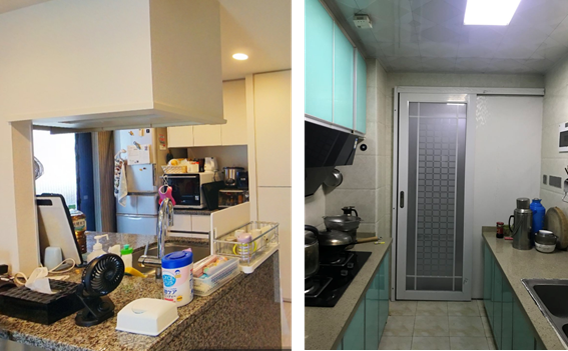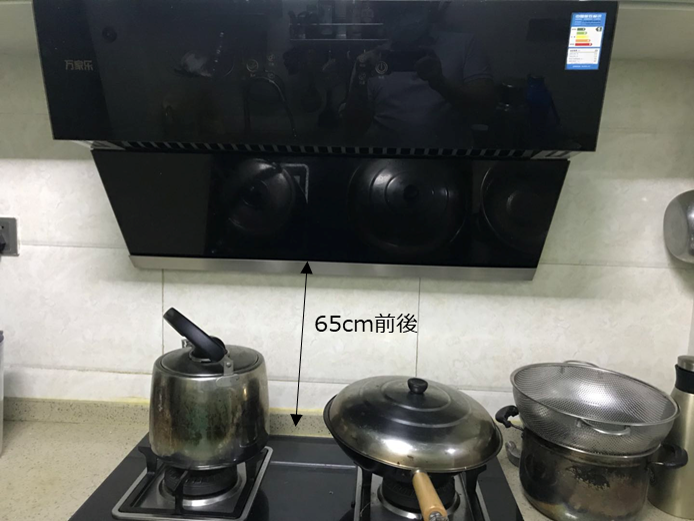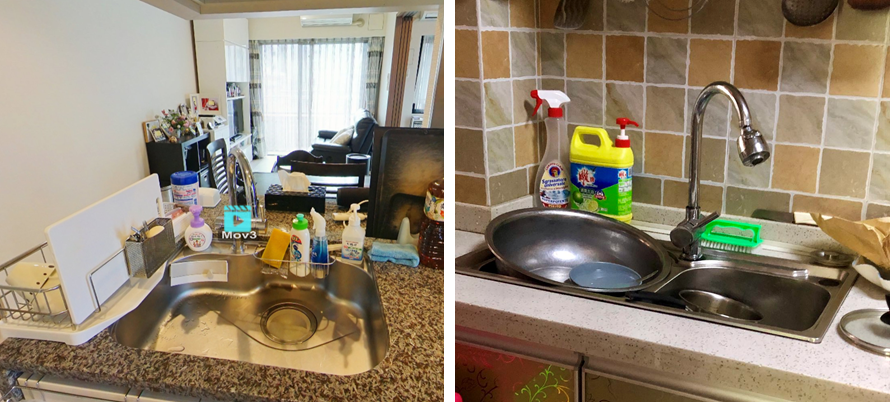[China: World Residence Tour] Why do the Chinese consumers prefer closed kitchens even though they love to talk?
Japan and China are both East Asian countries, but there are many differences in lifestyle such as housing, layout, floor plan, and details on how to use the furniture and facilities. In this series of articles, we are going to introduce the actual conditions of housing use among Chinese consumers, focusing on the differences between China and Japan. This time we are going to talk about the layout and usage of kitchen in China.
Related columns
Vol.1:[China] Why do the Chinese consumers prefer closed kitchens even though they love to talk?
Vol.2:[China] Why bathroom and toilet are relatively small in Chinese households?
Vol.3:[China] The entrance and refrigerator are the key to understand how do Chinese households use living room
Vol.4:[China] How do Chinese households use their balcony?
Vol.5:[China] High flexibility on electric wiring
Vol.6:[China: World Residence Tour] Chinese Lifestyle as Seen from Small Items in the Home
Vol.7:[China: World Residence Tour] The Living Environment and Cleaning Conditions of Chinese Housing
Vol.8:[China: World Residence Tour] Different air conditioner choices for different spaces and regions
Vol.9:[China: World Residence Tour] Ideas about Privacy and Storage
Vol.10:[China: World Residence Tour] Why do they install washing machines in the bathroom or laundry area?
Vol.11:[China: World Residence Tour] Ancient wisdom on how to cope with the heat
第12回:【中国】年収が同じでも、エリアの差が激しい生活環境
第13回:【中国】部屋から分かる高所得層の家電ブランドを探る
第14回:【中国】「国潮」に影響された化粧品ブランドの選好
第15回:【中国】ミレニアル世代の子育て事情
第16回:【中国】中国人の衛生意識
第17回:【中国:地球の暮らし方】「顔値経済」に影響される男性の化粧品使用
第18回:【中国:地球の暮らし方】パンデミックによる伝統医療への再認識をチャンスに
第19回:【中国:地球の暮らし方】じめじめした日に悩みを抱える中国南部の住宅
第20回:【中国・ベトナム:地球の暮らし方】おいしい酸味の秘訣とは
第21回:【中国:地球の暮らし方】子供の成長を考慮した部屋作り
第22回:【中国:地球の暮らし方】 競争社会における早期教育の需要
第23回:【中国:地球の暮らし方】地域とキッチン
第24回:【中国:地球の暮らし方】中国消費者のデンタルケア事情
第25回:【中国:地球の暮らし方】急速に発展するEV市場
第26回:【中国:地球の暮らし方】室内空気質へのこだわり
第27回:【中国:地球の暮らし方】中国人は水よりお湯を好む理由
第28回:【中国:地球の暮らし方】給湯器の普及と使用実態
第29回:【中国:地球の暮らし方】 寝室から見るライフスタイルの変化
Kitchen design considering Chinese cooking method
As you know, Chinese food is often associated with stir-frying. Stir-frying or deep-frying with oil makes the kitchen dirty and the smell remains after cooking. This issue must be considered first and foremost when designing and using a kitchen in a Chinese home. Generally, there are the following characteristics of kitchen design in China:
Stick with a closed kitchen, even at the expense of space
Open kitchens have become very popular in Japan in recent years. In particular, face-to-face kitchens and island kitchens, where people can communicate while cooking, can create an open and stylish space. Despite the fact that eating is one of the most important ways to promote communication for the Chinese, they usually keep their kitchens separate from other rooms. This is to prevent the smell of oil or cooking odors from escaping out of the kitchen. Even in condominiums in big cities like Shanghai, where room size is limited, people insist on closed kitchens, even at the expense of kitchen space. Moreover, what they sacrifice to secure a closed kitchen is a place to put the refrigerator. In many cases, the refrigerator is placed in the living room instead.

Japanese open kitchen where kitchen and dining are connected (left), slightly narrow Chinese closed kitchen (right)
Source: Consumer Database (Consumer Life Panorama)
(About Consumer Life Panorama: Here)
To ventilate the room efficiently
A closed kitchen can minimize the impact of cooking on the dining and living room, but cooking in there can be a little uncomfortable due to the oil fumes, steam, and odors that can be trapped in the space. For this reason, a few adjustments need to be made when designing the kitchen.
The first one is the range hood. Needless to say, the range hood is an essential part of the kitchen as it serves to vent oil smoke, steam and odor generated while cooking to the outside. In Japan, according to the Fire Service Act, the Fire Prevention Ordinance and the Building Standards Act, the height of the range hood must be 80 to 100 cm away from the bottom edge of the range hood from the heating appliance. This height may be just right for the average Japanese household, but for Chinese kitchens, it is too far. In order to ventilate efficiently, it is common in China for the height of the range hood to be 65 to 75cm away from the bottom edge of the range hood from the heating appliance. Even if they hit their heads occasionally.

Furthermore, if you observe Chinese kitchens closely, you will find that they usually have windows for ventilation. Despite the fact that powerful range hoods are now available on the market, it seems that they still need a window to feel safe. When cooking, turn on the range hood and leave the window open at the same time. In this way, they can ventilate the house as quickly as possible with a double effect.
Various ways to use the kitchen sink
For typical Japanese households, there are usually one sink and one faucet. On the other hand, Chinese families often add a sink or faucet if they have a little extra space. They use main sink for washing dishes, pots, and pans, and the other one is for washing vegetables. There are two main uses for the vegetable sink. One is for soaking. Chinese people are concerned about pesticide residue, so they soak their vegetables in plenty of water before they are cooked. The other is for draining. In China, there are many kinds of vegetable stir-fries. If the water is not drained thoroughly, there is a danger of oil splashing while cooking.
In addition, although it is not common among young people nowadays, in the kitchen sink of middle-aged/elderly Chinese households, you may see what looks like a washtub. In the old days, in order to save water, the water after washing vegetables was stored in the tubs and used twice for washing toilets. You can see that the lifestyle habits of those days when they were not wealthy still remain.

Japanese kitchen sink (left) and Chinese kitchen sink (right)
Source: Consumer Database (Consumer Life Panorama)
(About Consumer Life Panorama: Here)
【What is Consumer Life Panorama?】
Intage's web-based database of real consumer lifestyles in Japan and overseas. This database can be used to intuitively understand the daily flow of life, lines of movement, living environment and digital life of consumers around the world.
Please find the demo web site of Consumer Life Panorama from here
Please find the detail of Consumer Life Panorama from here
-

Author profile
Mr. Yang Yan
A Chinese researcher living in Japan, sharing the life styles of consumers overseas, mainly in China. Recently while I've been living in “Stay Home” days due to COVID-19, I've been cooking for myself more often.
-

Editor profile
Mr. Yusuke Tatsuda
Is in charge of creating the Global Market Surfer website. After conducting interviews with Chinese consumers, I was awakened to the "yin and yang of food".
- Sep 04, 2020
- 12632 Views
 Global Market Surfer
Global Market Surfer CLP
CLP